Instead of scissors and knives: a bullet against a wire
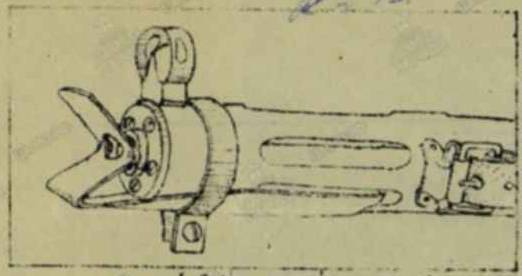
Despite the development of armies, equipment and technologies, during the years of World War II, wire fences remained a serious problem for the troops. To overcome them, a special tool might be required, which is not always easy and convenient to use. In 1943, military enthusiasts came up with and introduced an original device for fighting wire. It performed its functions perfectly, had an extremely simple design, and actually integrated into the standard weapon.
Initiative from below
Long before the start of World War II, various means of combating wire fences were created and accepted for supply in the Red Army. First of all, these were scissors and cutters of several types. In addition, in some situations it was suggested that the wire should not be cut, but raised using a special slingshot. Finally, any armored vehicle could act as a means of controlling wire.
Infantry means of overcoming obstacles often did not differ in small size and weight, which made it difficult to carry and use them in a combat situation. In this regard, various alternative solutions were proposed. Some of them are widespread.
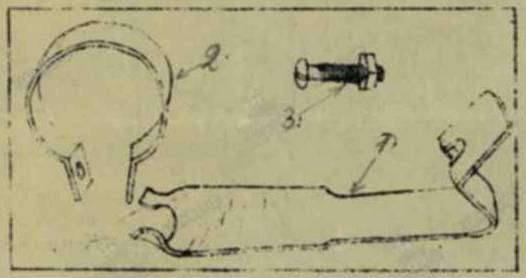
In the summer of 1943, the engineer-captain S.M. Frolov from the 2-th Guards Engineering Brigade of Special Purpose. Documents on the new development went to the higher command for consideration. In August of the 1943, tests of the new device were held, according to the results of which it was highly appreciated.
Bullet against wire
The main idea of the project S.M. Frolova was to create a tool for cutting wire based on the standard armament of the infantryman. Instead of individual scissors or other devices, the fighter was asked to carry a submachine gun with a small additional device. The latter was designated as "a device for breaking wire".
Earlier documents on the project described the design of the device for installation on the submachine gun PPD. In this case, the device consisted of a clamp with a screw and a nut, as well as a metal strip with a hole bent in the form of a “V”. With the help of the paws in the rear, the bar was installed under the barrel cover and fixed in place with a clamp. After that, before the muzzle of the weapon there was a curved part of the bar with a hole.
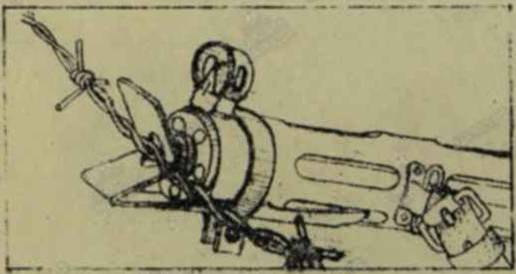
The simplest design could be adapted for use on other weapons. To do this, it was necessary to change the shape of the parts, taking into account the contours of the submachine gun. Only the front curved bar with the hole should remain unchanged.
The principle of operation of the device was quite simple. The wire should be placed in the V-shaped part of the strap, as a result of which it was close to the muzzle. Then a shot was required, and the bullet interrupted the wire. If necessary, the device allowed silently raise the fence elements to a small height.
According to test results
In August 1943, the engineering committee produced prototypes of the original fixture and tested them on real wire fences. Verification showed high efficiency of the product. In addition, the design itself, which was distinguished by its simplicity and manufacturability, received a good rating.
It was found that the adaptation of the design of engineer-captain Frolov is really capable of ensuring the cutting of wire from the fence. The energy of the bullet was enough to guarantee the interruption of the bound barbed wire. In addition, the efficiency was equally high regardless of the tension of the wire.
The device was extremely simple and could be made and mounted on weapons by forces of military workshops. The command also praised the ability to adapt the design to use on different types of weapons. As a result, the proposal of S.M. Frolov was approved, and in September the 1943-go device for interrupting the wire was recommended for use in the army.
Forces of military workshops
Simple documentation on the original device began to be distributed among military workshops. They were required to provide the fighters with a sufficient number of devices. They should be made from available materials - this was facilitated by the absence of special requirements for raw materials or characteristics.
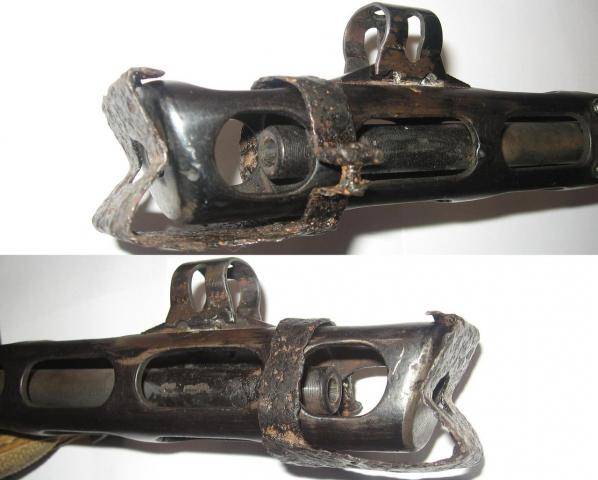
There is information about the small-scale production of Frolov devices for submachine guns PPD and PPSh. Apparently, each particular workshop made only those devices that were compatible with the weapons of its part. Due to the peculiarities of the weapons of the Red Army at that time, the bulk of the devices were intended for PPSh.
As the devices were released, their design was finalized. In particular, two variants of simplified PCA devices are known. They have some differences from the base product and from each other, associated with the design features of weapons and technological capabilities of workshops.
In the project S.M. Frolov was offered a device made of plank and clamp. In military workshops, they were often performed in the form of a single sheet metal part. Also, the device could consist only of a curved bar, simply welded to the barrel casing. In fact, it was necessary to save only a curved part before the muzzle cut, while other elements could have any shape and size.
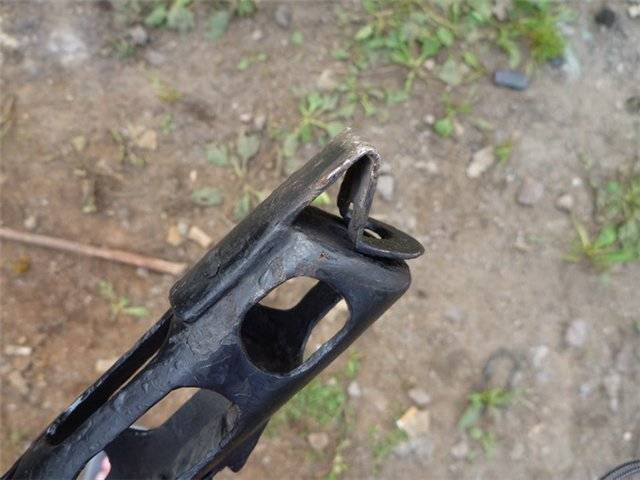
As far as we know, devices for interrupting the wire for submachine guns were made in significant quantities and mass mounted on weapons. However, the pace of production was limited and did not allow to re-equip all available weapons. As a result, only a few percent of the PPD and PPSh had regular means to control the wire.
Despite the small number, devices for breaking wire are preserved and available to those interested. Several weapons with such equipment are stored in domestic and foreign museums. In addition, submachine guns with additional devices are occasionally found at battle sites. However, in terms of number, such samples are seriously inferior to weapons in the basic configuration.
Simple and effective
Due to the limited capabilities of the workshops and due to the limited needs of the troops, Frolov’s equipment and its derivatives were produced in relatively small quantities and were not installed on all infantry weapons. However, the manufactured samples coped well with their work and ensured the overcoming of enemy obstacles. With their help, it was possible to quietly raise the wire or quickly and with a noise to break through it.
Due to the limited number of devices, Frolov’s device could not significantly displace the scissors and other means, but perfectly complemented them. The Red Army received a tool that was not difficult to manufacture and operate to solve not the most noticeable, but important task, and used it effectively until the end of the war.
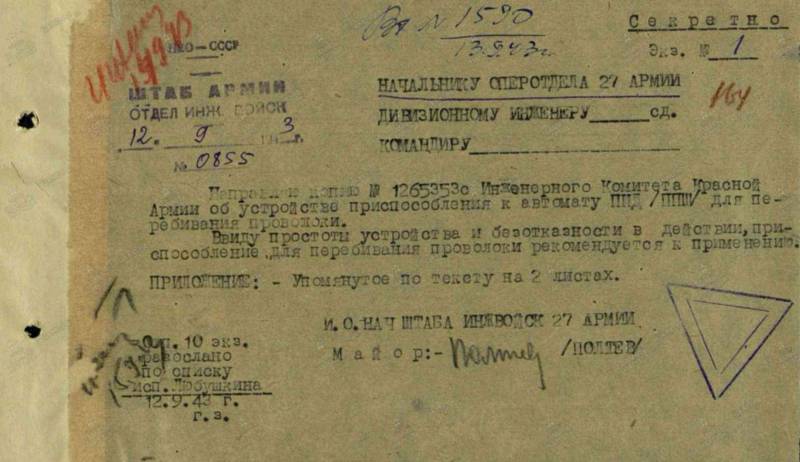
Information